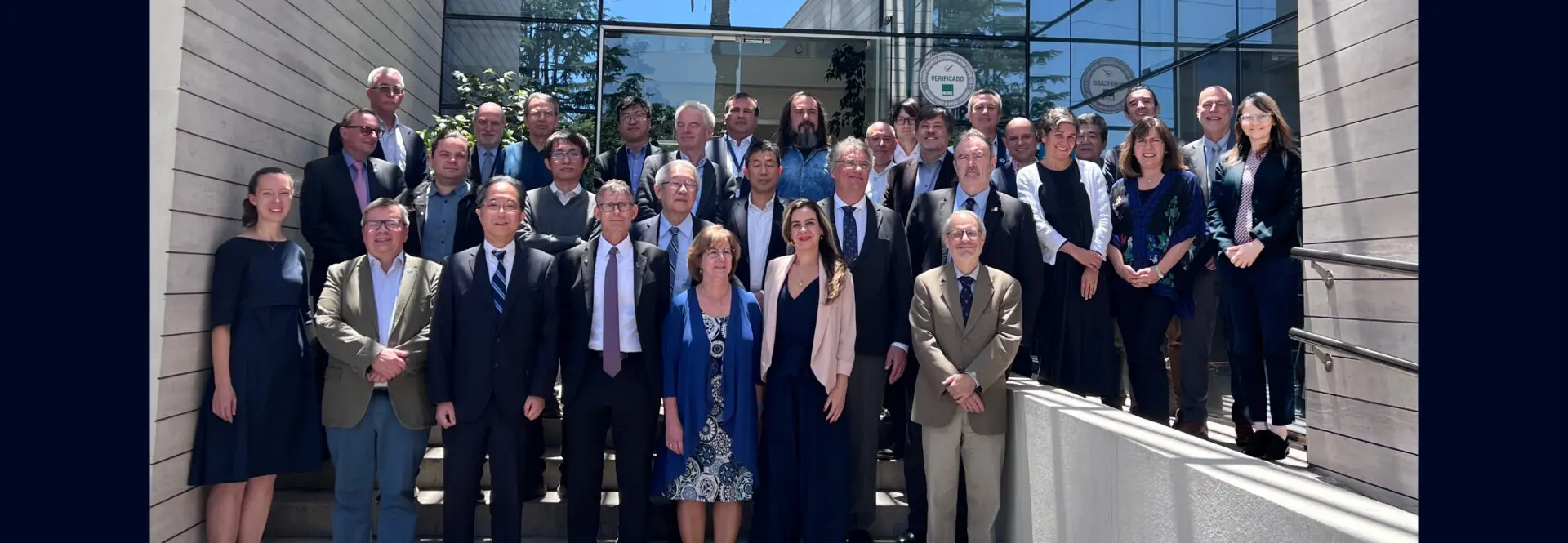The People
An extraordinary human venture
ALMA is an extraordinary human and scientific venture: while scores of people are working at the ALMA site and at the Santiago ALMA offices in Chile, more are in laboratories, test facilities, and factories around the world developing and producing equipment destined for ALMA.
The ALMA Board, consisting of members representing the partners, has created the Joint ALMA Observatory (JAO) in Chile. The JAO is responsible for the overall leadership and management of construction, commissioning and operations of ALMA. The JAO is located in Santiago (Chile) and synchronizes activities of the Executives in Europe, North America and Japan, as well as on the ALMA site near San Pedro de Atacama, Chile. One of the most important responsibilities of the JAO is the management and organisation of the Assembly, Integration, Verification and Commissioning (AIVC) of the telescopes in Chile.
The Executives of the three partners have each created an ALMA Regional Center (ARC) to interface between ALMA and the astronomy community. The ALMA activities of each Executive are managed by an ALMA Project Office, located at ESO in Garching (Germany) for the European partners of ALMA, at NRAO in Charlottesville (USA) for the North American partners, and NAOJ in Mitaka (Japan) for the Japanese partners.
Each Project Office is led by an Executive ALMA Project Manager. He is supported by the Executive ALMA Project Scientist, a Management Team, and several Integrated Product Team (IPT) Leaders. The IPT Leaders direct their team of engineers and scientists for the various subsystems of the ALMA Project. These three Project Offices collaborate closely with each other, not only at the level of the Executive’s Project Managers, but also the Management Teams and IPT Leaders. In addition, the ALMA Project Manager and his team at the JAO coordinate overall aspects of the project.
Besides the management, described above, which deals with all operational aspects of the construction on a day to day timescale, there are several external (independent) advisory bodies, dealing, for example, with scientific, technical, personnel, financial, management, and organisational issues. The various ALMA boards and committees deal in some cases with overall aspects of ALMA, in other cases also with regional aspects related to the specific circumstances of the respective Executives.
At present there are:
- The ALMA Scientific Advisory Committee (ASAC)
- The ALMA North American Scientific Advisory Committee (ANASAC)
- The ALMA European Scientific Advisory Committee (ESAC)
- The ALMA East Asian Scientific Advisory Committee (EASAC)
